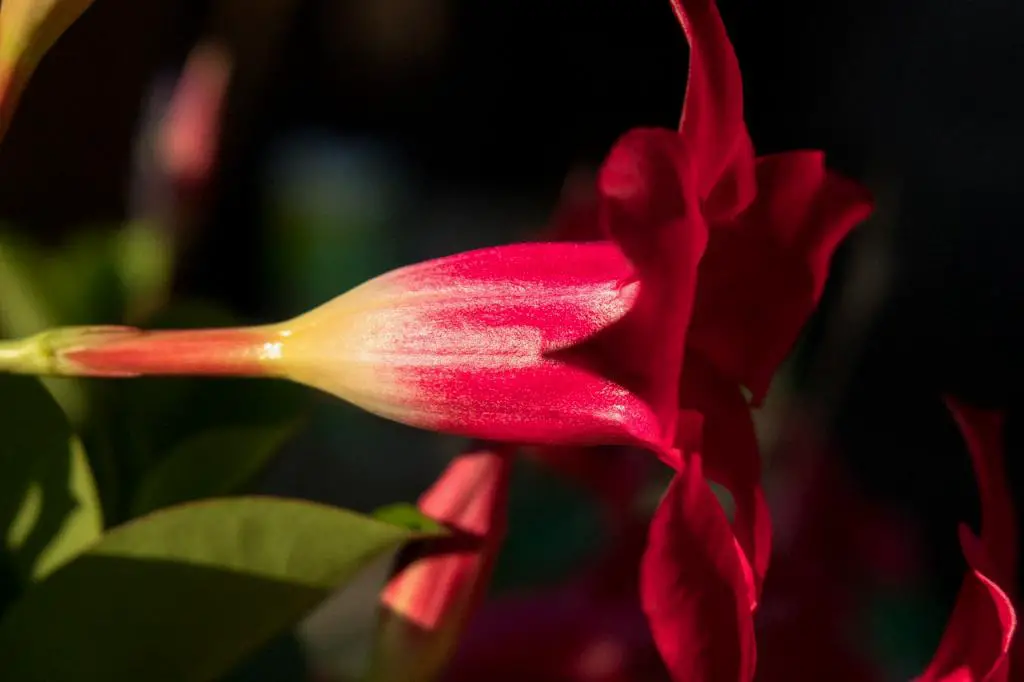When it comes to the safety of our beloved feline friends, it is crucial to be aware of the potential dangers that certain plants may pose to them. Mandevilla plants, known for their beautiful flowers and lush foliage, contain toxic compounds that can be harmful to cats if ingested or in contact with their skin.
The toxicity of Mandevilla plants extends not only to cats but also to humans, dogs, and horses. These plants contain saponins, a type of chemical compound that can lead to gastrointestinal issues such as vomiting and diarrhea if consumed by cats. It is important to keep these plants out of reach of curious cats to prevent accidental ingestion.
In addition to the risk of gastrointestinal upset, the sap of Mandevilla plants can also cause skin irritation and allergic reactions in both humans and animals. Cats, with their curious nature, may come into contact with the sap while exploring the plant, leading to discomfort and potential skin issues. This further emphasizes the need to exercise caution around Mandevilla plants if you have cats in your home.
If you suspect that your cat has ingested or come in contact with a Mandevilla plant, it is essential to seek immediate veterinary attention. Symptoms of plant poisoning in cats may include drooling, vomiting, lethargy, and abdominal pain. Prompt treatment can help address any adverse effects and prevent further complications.
As a responsible pet owner, it is essential to create a safe environment for your cat by being mindful of the plants you have in your home and garden. If you have Mandevilla plants or other potentially toxic plant species, consider placing them in areas that are inaccessible to your cat or opting for pet-friendly alternatives to ensure their well-being.
When landscaping or decorating your outdoor space, it is advisable to research the toxicity of plants beforehand and opt for cat-safe varieties. By making informed choices about the plants in your surroundings, you can help minimize the risks associated with plant toxicity and create a healthier environment for your feline companion.
Education plays a crucial role in pet safety, and familiarizing yourself with the potential hazards that certain plants pose to cats is a proactive step in safeguarding their health. While Mandevilla plants are prized for their beauty, it is essential to exercise caution and prioritize the well-being of your cat when selecting greenery for your living spaces.
Regularly monitoring your cat’s behavior and surroundings can also help prevent accidental exposure to toxic plants. By being observant and proactive in identifying any potential risks, you can create a secure and cat-friendly environment that promotes their health and happiness.
Consulting with a veterinarian or animal poison control center can provide valuable guidance on plant toxicity and the necessary steps to take in case of ingestion or exposure. Having relevant information and resources readily available can help you act swiftly in emergencies and ensure the best possible outcome for your cat.
Overall, while the allure of Mandevilla plants may be tempting for plant enthusiasts, it is essential to consider the potential risks they pose to cats. Being vigilant, informed, and proactive in addressing plant toxicity can go a long way in safeguarding the well-being of your feline companions and creating a safe and harmonious environment for them to thrive in.

